


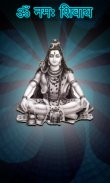
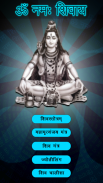

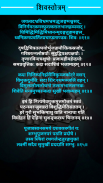
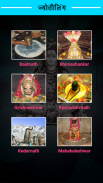
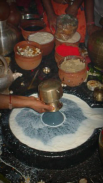
Shiv Shankar

وصف لـShiv Shankar
He is the supreme god within Shaivism, one of the three most influential denominations in contemporary Hinduism.[2][3]
Shiva is "the destroyer" within the Trimurti, the Hindu trinity that includes Brahma and Vishnu.[4][5] In Shaivism tradition, Shiva is the "creator, destroyer and regenerator".[6][7][8] In the goddess tradition of Hinduism, the goddess is described as supreme, yet Shiva is revered along with Vishnu and Brahma, the goddess stated to be the energy and c (Shakti) of them, and an equal complementary partner of Shiva.[9][10] He is one of the five equivalent deities in Panchayatana puja of the Smarta tradition of Hinduism.[2]
At the highest level, Shiva is regarded as formless, limitless, transcendent and unchanging absolute Brahman,[11] and the primal Atman (soul, self) of the universe.[12][13][6] Shiva has many benevolent and fearsome depictions. In benevolent aspects, he is depicted as an omniscient Yogi who lives an ascetic life on Mount Kailash[4] as well as a householder with wife Parvati and his two children, Ganesha and Kartikeya. In his fierce aspects, he is often depicted slaying demons. Shiva is also regarded as the patron god of yoga, meditation and arts.[14][15][16]
The main iconographical attributes of Shiva are the third eye on his forehead, the serpent around his neck, the adorning crescent moon, the holy river Ganga flowing from his matted hair, the trishula as his weapon and the damaru. Shiva is usually worshiped in the aniconic form of Lingam.[17] Shiva is a pan-Hindu deity, revered widely across India, Nepal and Sri Lanka.



























